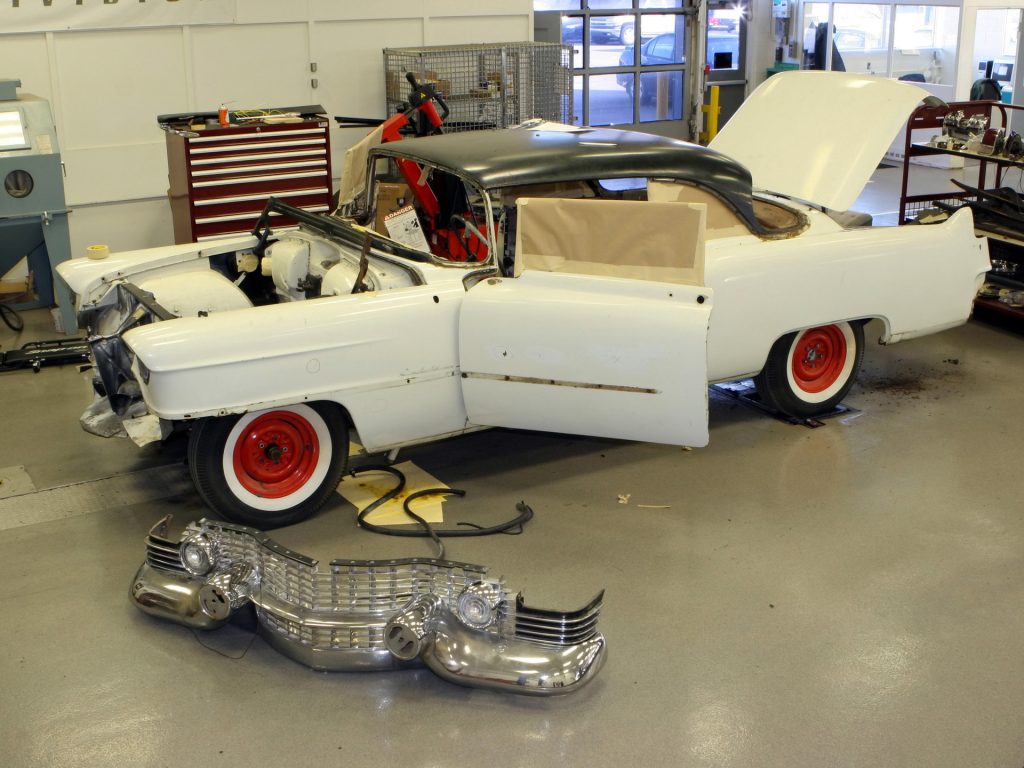Restoring a classic car can be a challenging and tedious process, but it can also be a rewarding experience. If you know how to fix and repair automobiles, you can do your project swiftly and efficiently. However, if you are new to the whole process and are hiring services for classic car restoration in Florida, then we are going to discuss the step-by-step guide to car restoration so that you have a better understanding.
A step-by-step guide to classic car restoration:
Evaluation of the car:
Before starting the restoration process, you or the car restorer will assess the car’s condition and determine what repairs and restoration work needs to be done. Check for rust, damage, and broken or missing parts at this stage.
Disassembling the car:
Disassemble the car by removing all the parts and components that must be repaired, replaced, or restored. Label and store all parts carefully to avoid losing or misplacing them. Once that is done, new parts can be assembled in the car.
Cleaning and prepping the car:
Next, Clean the car (or get it cleaned by your restorer from classic car restoration in South Florida thoroughly to remove any rust or corrosion. Sandpaper, wire brushes, or a media blaster can be used to strip the paint and rust from the car’s body.
Repair or replace parts:
You or your mechanic can repair or replace damaged or worn-out parts. This includes replacing engine components, brakes, suspension, and electrical systems.
Paint and bodywork:
Once the car is stripped of its old paint, the bodywork can begin. This includes repairing any dents or scratches and applying primer and color to the body. After the paint is done, your car will look good as new.
Reassembling the car
Reassembling the car starts with the major components, such as the engine, transmission, and suspension. Follow the original assembly order to ensure that everything fits appropriately. If you are doing this step on your own, do it carefully because the car can get damaged or stop working if it isn’t placed correctly.
Final touches:
Once the car is reassembled, it’s time to give it a final detailing. This includes cleaning the interior, installing new upholstery, and adding finishing touches. Now, your car is almost ready to be back in action
Test drive:
Before declaring the restoration successful, take the car for a test drive to ensure everything functions properly. Make any necessary adjustments or repairs.
Enjoy your restored classic car:
Congratulations, you have completed the restoration process! Now it’s time to enjoy your classic car and take it for a spin.
Now that you know the components of restoring a car. It is time to determine whether or not you need to yourself or hire a professional. Our vote is for hiring a professional because they have a 360-degree knowledge of cars and various automobiles.
But that isn’t the only reason you should choose a professional. Here are some other reasons.
Five reasons to hire a professional car restorer.
- A professional car restoration service provider will have the expertise, knowledge, and experience to handle different types of car restorations.
- Restoring a classic car can be time-consuming, especially if you don’t have experience in car restoration. Hiring a professional service provider can save you time and effort.
- Professional restoration service providers use high-quality materials and tools to ensure the restoration work is of the highest quality.
- They will have access to a wide range of parts and materials required for restoring a car. They will know where to source the best parts at reasonable prices.
- A well-restored classic car can increase in value over time, making it a worthwhile investment.
- Hiring a professional restoration service provider ensures that your car is restored to the highest standards, increasing its resale value.
- They understand the importance of preserving the original features of a classic car, such as the paint color, interior upholstery, and dashboard.

